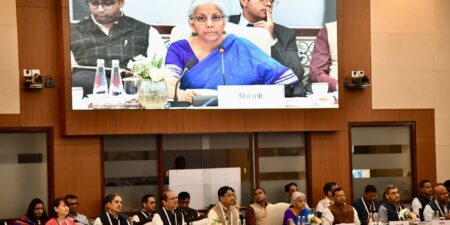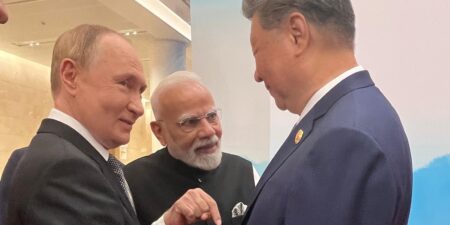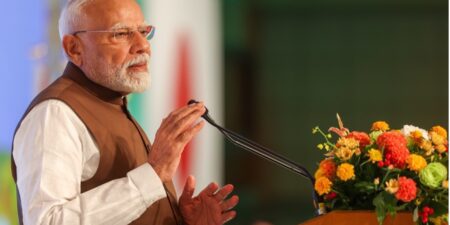
Japan Tariff Tracker | May 27, 2025

Insights & News


India Simplifies Tax Regime To Boost Consumption and Growth
The BGA India team, led by Managing Director Anuj Gupta, wrote an update on India’s new tax reforms. …

India’s Twin Tracks: Strengthening Ties With Japan, Resetting Relations With China
The BGA India team, led by Managing Director Anuj Gupta, wrote an update about India’s outreach to Japan …

India Showcases Economic Resilience and Policy Reforms Amid Global Uncertainty
The BGA India team, led by Managing Director Anuj Gupta, wrote an update about India’s …
At BowerGroupAsia, we are committed to
delivering result-oriented solutions for our clients
We have proven track record of helping the world’s top companies seize opportunities and manage challenges across the dynamic Indo-Pacific region.




















